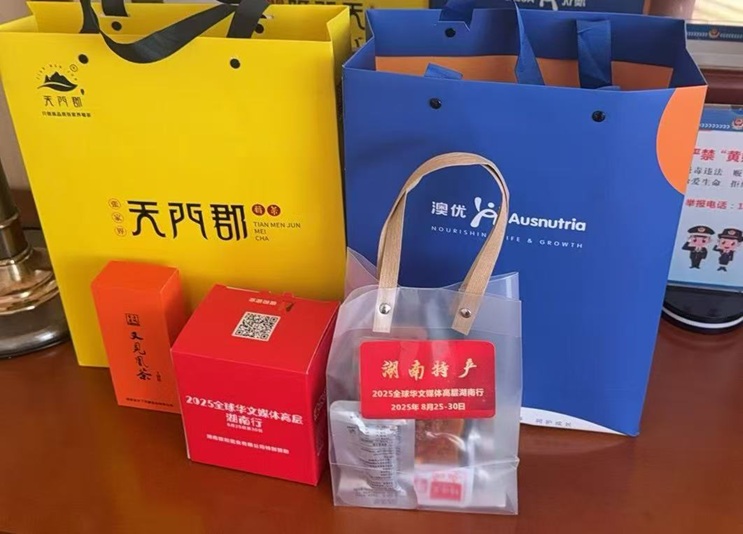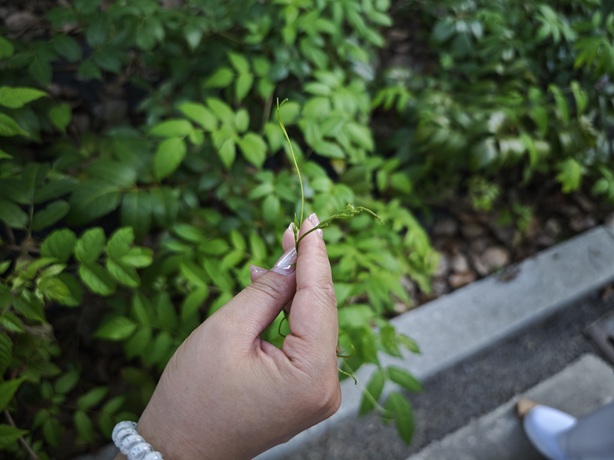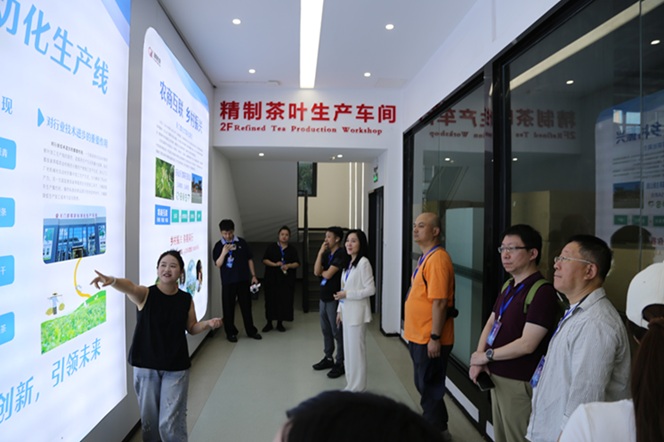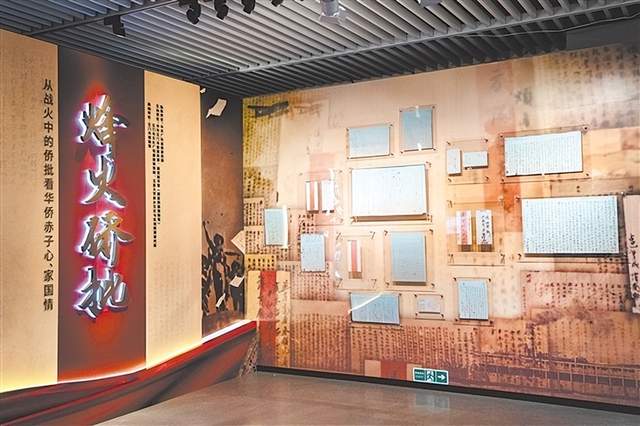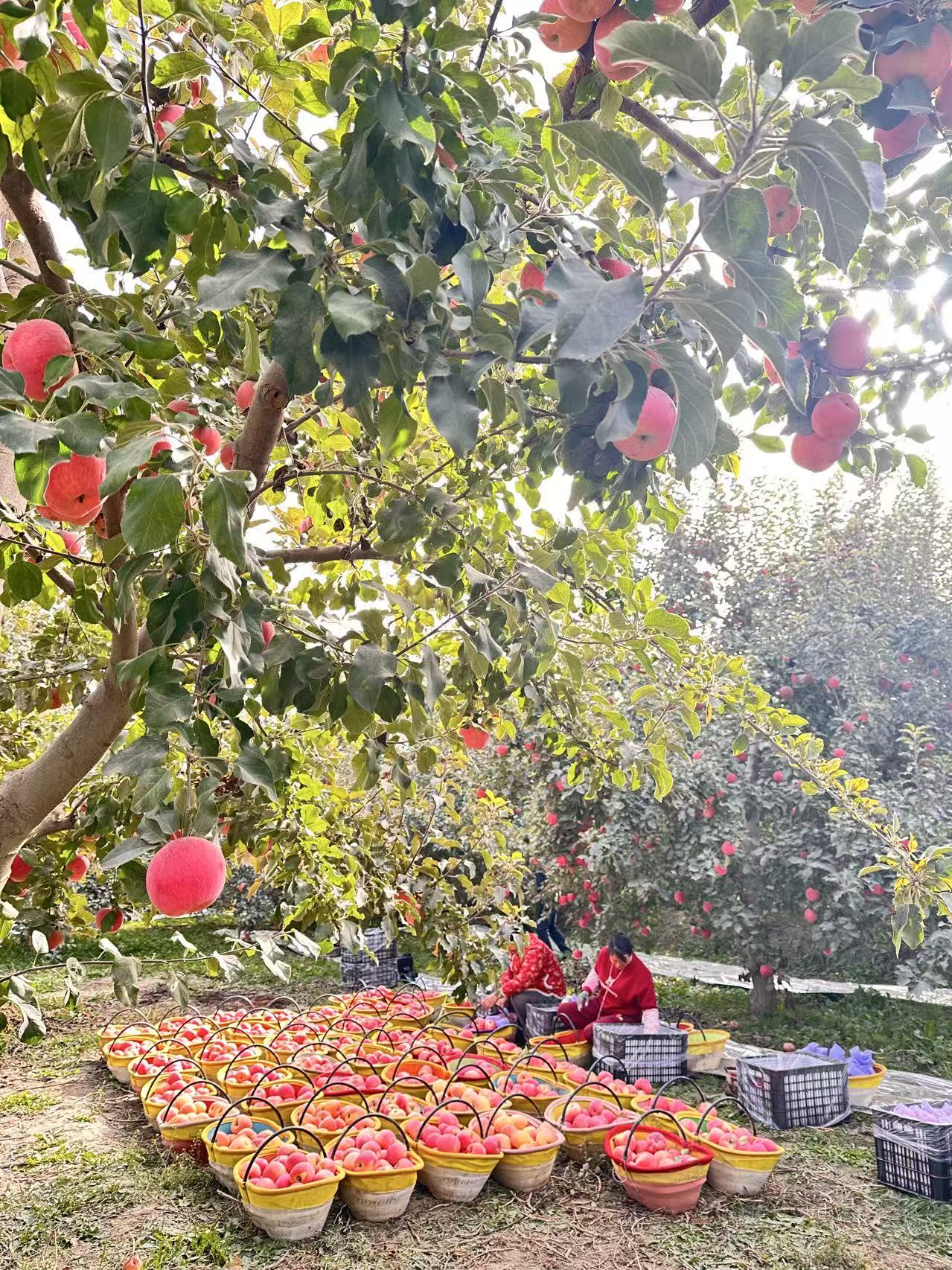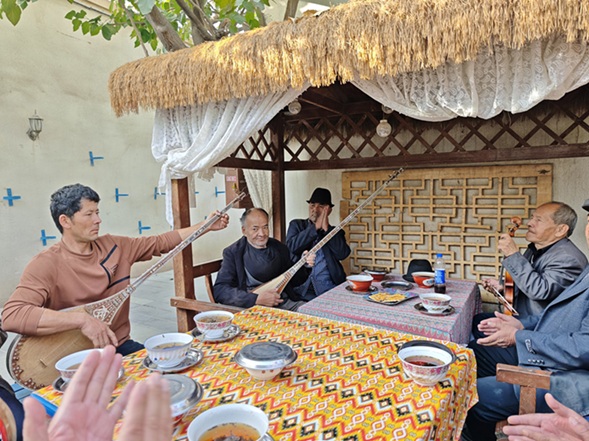环球评报新闻网讯 | 8月28日下午,2025全球华文媒体高层湖南行采访团抵达张家界。刚到张家界,采访团的第一站便是走进天门山脚下的乾坤健康产业园。
事实上,在25日长沙报到时,记者们已在酒店房间里见到过这家企业赞助的一大盒“天门郡莓茶”。当时只是觉得新奇,而当真正走进车间、闻到满屋子的茶香时,大家才明白,这份礼物背后承载着的是一个正在崛起的大健康产业。
初见莓茶:一片叶子的独特魅力
张家界的莓茶并非传统意义上的“茶”。它的原料来自武陵山脉的小叶植物——显齿蛇葡萄。叶片经过加工,会自然析出一层细腻的“白霜”,这正是莓茶区别于六大茶类的独特标志。正因为这种特殊工艺,莓茶入口清柔、余味悠长,被誉为“茶而非茶”,带来一种别具一格的口感体验。
走进车间:现代科技与非遗工艺融合
在乾坤健康产业园的标准化生产车间,采访团看到万吨级自动化生产线正高速运转。通过全程密闭的加工技术,鲜叶能最大程度保持活性,卫生与质量均有保障。更值得一提的是,生产环节还融入了土家族传统制茶工艺,首创20道非遗工序。这种科技与匠心并重的方式,使得莓茶既有稳定的品质,又保留了传统的独特风味。
从山野到市场:绿色产业的坚守
乾坤公司不仅拥有5000亩自有基地,还与农户共建1.6万亩茶园。茶园位于海拔500至1000米的山地,生态环境优越,种植过程中坚持“不打农药、不施化肥、人工采摘”。凭借这种对纯净品质的坚守,天门郡莓茶已获得农业农村部有机食品和绿色食品认证,成为张家界绿色农业的一张亮丽名片。
一杯茶,走向世界
在现场品饮环节,海外媒体记者纷纷举杯,赞叹莓茶的清香与回甘。有人说:“这不仅是一杯茶,更代表了一种健康的生活方式。”从武陵山脉的一片叶子,到世界茶桌上的一杯饮品,张家界莓茶正在实现跨越。它承载着生态价值,也讲述着一座城市用绿色产业连接世界的故事。
海外视角:茶香里的文化共鸣
“茶香是一种跨越国界的语言。”多位海外华文媒体代表表示,张家界莓茶不仅是地方特产,更应成为中国健康产业与文化传播的新名片。它将自然馈赠、传统技艺与现代科技有机结合,展现了张家界在大健康产业发展上的独特路径。
环球评报马来西亚全媒体中心社长刘夏在参观车间时也分享了自己的感受。她提到,马来西亚本土的茶叶多以“茶园观光+消费体验”为特色,市场上以红茶、拉茶(Teh Tarik)和花草茶类居多,偏重于口感浓厚与日常饮用。而张家界的莓茶口味清爽、回甘绵长,带有独特的草本气息,两者形成鲜明对比。
刘夏社长说,未来完全可以探索马来西亚与张家界茶产业的互动合作,例如在健康饮品研发、茶旅融合推广和跨境市场拓展上互补优势,把不同茶文化的魅力结合起来,带给消费者更多元化的选择。
⸻
Fragrance of Tea in Zhangjiajie: Global Chinese Media Delegation Visits Qiankun Health Industry Park
On August 28, 2025, the Global Chinese Media Delegation made their first stop in Zhangjiajie at the Qiankun Health Industry Park, located at the foot of Tianmen Mountain.
Unlike traditional teas, Zhangjiajie’s “berry tea” is made from the leaves of Ampelopsis grossedentata, a wild plant from the Wuling Mountains. When processed, the leaves release flavonoids that form a natural white frost, giving the tea its unique identity and a gentle, lingering taste.
Inside the park’s modern facility, delegates witnessed an advanced automated production line that preserves leaf activity while integrating 20 traditional Tujia minority techniques, striking a balance between technology and heritage.
With over 5000 mu of self-owned tea gardens and partnerships covering 16,000 mu, Tianmen Jun adheres to eco-friendly practices — no pesticides, no chemical fertilizers, and hand-picking standards. These efforts have earned organic and green food certifications, making berry tea a hallmark of Zhangjiajie’s green agriculture.
During the tasting session, overseas media praised the tea not only for its flavor but also as a symbol of a healthy lifestyle.
Liu Xia, President of Global Review News Network Malaysia, shared her perspective during the visit. She noted that Malaysia’s tea culture emphasizes “plantation tourism + consumer experience,” with black tea, Teh Tarik, and herbal infusions dominating the market, offering a stronger taste. In contrast, Zhangjiajie’s berry tea has a refreshing, herbal sweetness. She suggested potential collaborations between Malaysia and Zhangjiajie’s tea industries, from healthy beverage innovation to cross-border promotion, to showcase the diversity of tea culture worldwide.
中文记者 刘夏
英文编辑 Fiona


